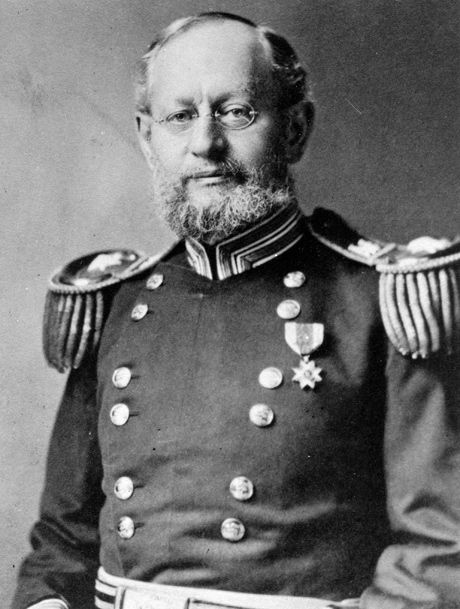 Robert's Rules of Order were written by General Henry Robert and first published in 1876. He prepared rules of conduct for meetings to establish an orderly manner for everyone to be heard and make decisions. Robert's Rules have been widely adopted by private organizations throughout the world and seem to be the procedure of choice for homeowner association meetings.
Robert's Rules of Order were written by General Henry Robert and first published in 1876. He prepared rules of conduct for meetings to establish an orderly manner for everyone to be heard and make decisions. Robert's Rules have been widely adopted by private organizations throughout the world and seem to be the procedure of choice for homeowner association meetings.
Board & Committee Meetings. There is no requirement that board and committee meetings be conducted under Robert's Rules or any other system of parliamentary procedure. Strict adherence to Robert's Rules in board meetings can be unwieldy. Boards are free to use more flexible procedures, unless the association's governing documents require otherwise.
As provided for in Robert's Rules, board meetings where there are not more than a dozen directors present, "some of the formality that is necessary in a large assembly would hinder business." Accordingly:
- Directors are not required to obtain the floor before making motions or speaking.
- Motions need not be seconded.
- There is no limit to the number of times a director can speak to a question, and motions to close or limit debate generally should not be entertained.
- Informal discussion of a subject is permitted while no motion is pending.
- Sometimes, when a proposal is perfectly clear to all present, a vote can be taken without a motion’s having been introduced.
- The chair need not rise while putting questions to vote.
- The chair can speak in discussion without rising or leaving the chair; and, subject to rule or custom within the particular board he usually can make motions and usually vote on all questions.
Accordingly, most boards loosely follow Robert's Rules when conducting their meetings and do not use a parliamentarian.
Membership Meetings. Unlike board and committee meetings, membership meetings (whether annual or special) must be conducted in accordance with a recognized system of parliamentary procedure. (
Civ. Code § 5000(a).) Although Robert's Rules of Order is the most widely used system, others may be used. As a practical matter, most association meetings are not conducted in accordance with any system of parliamentary procedure unless the meetings become contentious, at which point parliamentary procedures are invoked.
Resources. A simple 16-page illustrated guideline which serves as a basic introduction to parliamentary procedure is the
A-B-C's of Parliamentary Procedure. Another easy to understand guide is the
Complete Idiot's Guide to Parliamentary Procedure by Jim Slaughter. Both can be ordered through Amazon.com as can
Robert's Rules of Order. Directors can also attend classes offered through the Community Associations Institute where they can learn the basics of parliamentary procedure.
Additionally, boards can ask for guidance from their managers and legal counsel, most of whom have a working knowledge of running meetings. Both CAI and CACM teach this topic in their certification programs for managers. Many recording secretaries who take the minutes for board meetings also have a working knowledge of parliamentary procedure and can assist boards with their meetings. And last but not least, YouTube has a number of video training sessions on how to run meetings.
Parliamentarian. For more formal membership meetings, some associations use a professional parliamentarian to assist with their meetings.
ASSISTANCE: Associations needing legal assistance can
contact us. To stay current with issues affecting community associations, subscribe to the
Davis-Stirling Newsletter.
